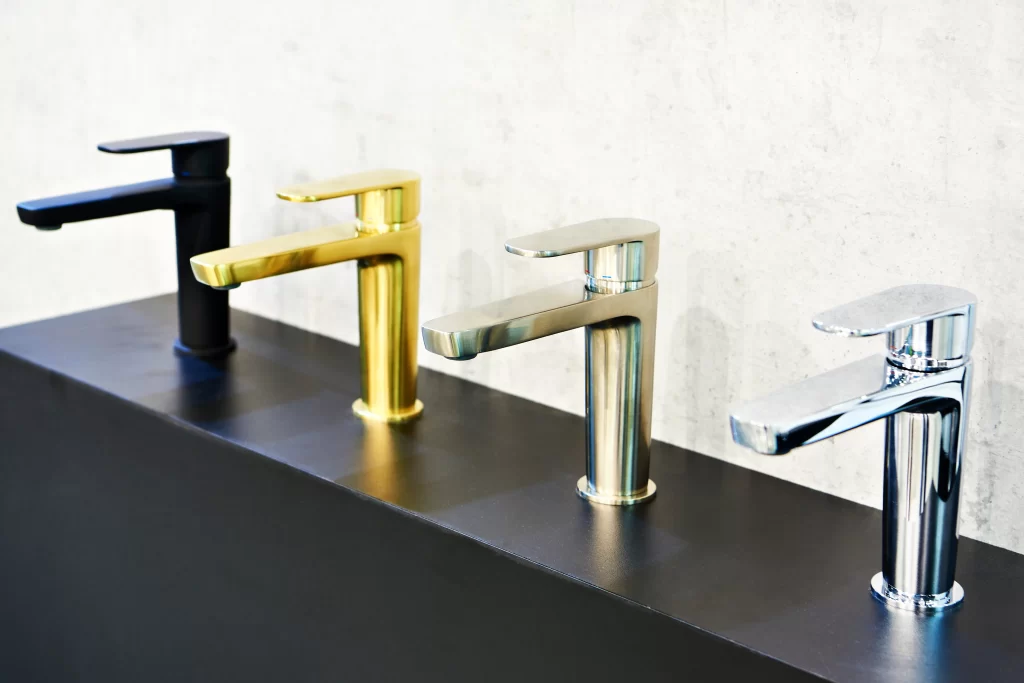Physical Vapor Deposition (PVD) coatings have long been associated with enhancing the durability, appearance, and functionality of metallic surfaces. However, advancements in technology have expanded the application of PVD coatings to include plastic substrates. This shift has opened up a myriad of opportunities for various industries, offering innovative solutions to improve product performance, aesthetics, and sustainability. In this comprehensive guide, we explore the intricacies of PVD coating on plastic parts, its applications, benefits, and the technologies driving this evolution.
What is PVD Coating?
PVD coating is a vacuum deposition process where a solid material is vaporized in a vacuum environment and deposited as a thin film onto a substrate. This process allows for precise control over the coating thickness, composition, and properties, resulting in enhanced surface characteristics such as hardness, wear resistance, corrosion resistance, and aesthetic appeal.

Types of PVD Coating
There are several types of PVD coatings, each offering unique properties suited for specific applications:
Titanium Nitride (TiN): Known for its gold-colored appearance and exceptional hardness, TiN coatings are commonly used in cutting tools, decorative finishes, and wear-resistant applications.
Titanium Carbonitride (TiCN): TiCN coatings combine the hardness of TiN with improved wear resistance and oxidation resistance, making them suitable for high-speed machining and metal forming applications.
Titanium Aluminum Nitride (TiAlN): TiAlN coatings exhibit high thermal stability and oxidation resistance, making them ideal for machining applications involving high temperatures and abrasive materials.
Diamond-like Carbon (DLC): DLC coatings offer a low coefficient of friction, high hardness, and excellent wear resistance, making them suitable for automotive components, medical devices, and consumer electronics.
Chromium Nitride (CrN): CrN coatings provide excellent corrosion resistance and decorative finishes, making them ideal for automotive trim, kitchenware, and architectural applications.

Automotive Headlight Reflectors
In the automotive industry, PVD-coated plastic parts are commonly used in headlight reflectors. These coatings improve light reflection, durability, and resistance to environmental factors such as UV radiation and road debris, ensuring optimal performance and longevity of automotive lighting systems.

Optical Coatings on Eyewear Lenses
PVD coatings are also utilized in the production of eyewear lenses to enhance scratch resistance and reduce glare. By applying a thin film of hard, transparent material such as titanium or chromium, manufacturers can improve the durability and optical clarity of eyewear, providing consumers with enhanced visual comfort and protection.
Biomedical Implants
The biomedical field benefits greatly from PVD-coated plastic implants, where bio-compatible coatings such as titanium are applied to enhance biocompatibility and promote osseointegration. These coatings facilitate the integration of implants with the surrounding tissue, improving patient outcomes and reducing the risk of rejection or infection.
Electronics Enclosures
PVD-coated plastics find applications in electronics enclosures, where the ability to create conducting surfaces on non-conductive polymers is essential for EMI/RFI shielding and static dissipation. These coatings enable the deployment of electronic devices in harsh environments while ensuring reliable performance and protection against electromagnetic interference.
Chrome-Like Finishes
One of the most sought-after applications of PVD coating on plastic parts is the replication of chrome-like finishes. With environmental regulations becoming increasingly stringent, manufacturers are turning to PVD coatings as a sustainable alternative to traditional electroplating methods. By applying PVD chrome over polymeric coatings, companies can achieve the desired chrome appearance without the environmental concerns associated with hexavalent chromium plating.
Advantages of PVD Coating on Plastic Parts
Enhanced Durability and Performance
PVD coatings improve the surface hardness, wear resistance, and corrosion resistance of plastic parts, extending their service life and reducing maintenance requirements. This enhanced durability ensures optimal performance in demanding applications and harsh environments.
Aesthetic Appeal and Customization
PVD coatings offer a wide range of colors and finishes, allowing manufacturers to customize the appearance of plastic parts to suit specific design requirements and brand aesthetics. Whether it’s a matte black finish for automotive trim or a polished chrome finish for consumer electronics, PVD coatings provide endless possibilities for aesthetic enhancement.

Eco-Friendly Solution
Unlike traditional electroplating methods, which often involve hazardous chemicals and produce toxic waste, PVD coating is an environmentally friendly process. It generates minimal waste, consumes less energy, and eliminates the need for harmful chemicals, making it a sustainable choice for manufacturers seeking to reduce their environmental footprint.
Cost-Effectiveness
While PVD coating may require initial investment in specialized equipment and materials, it offers long-term cost savings through improved product durability, reduced maintenance costs, and enhanced customer satisfaction. By extending the lifespan of plastic parts and minimizing the need for replacements, PVD coatings contribute to overall cost reduction and increased profitability.


